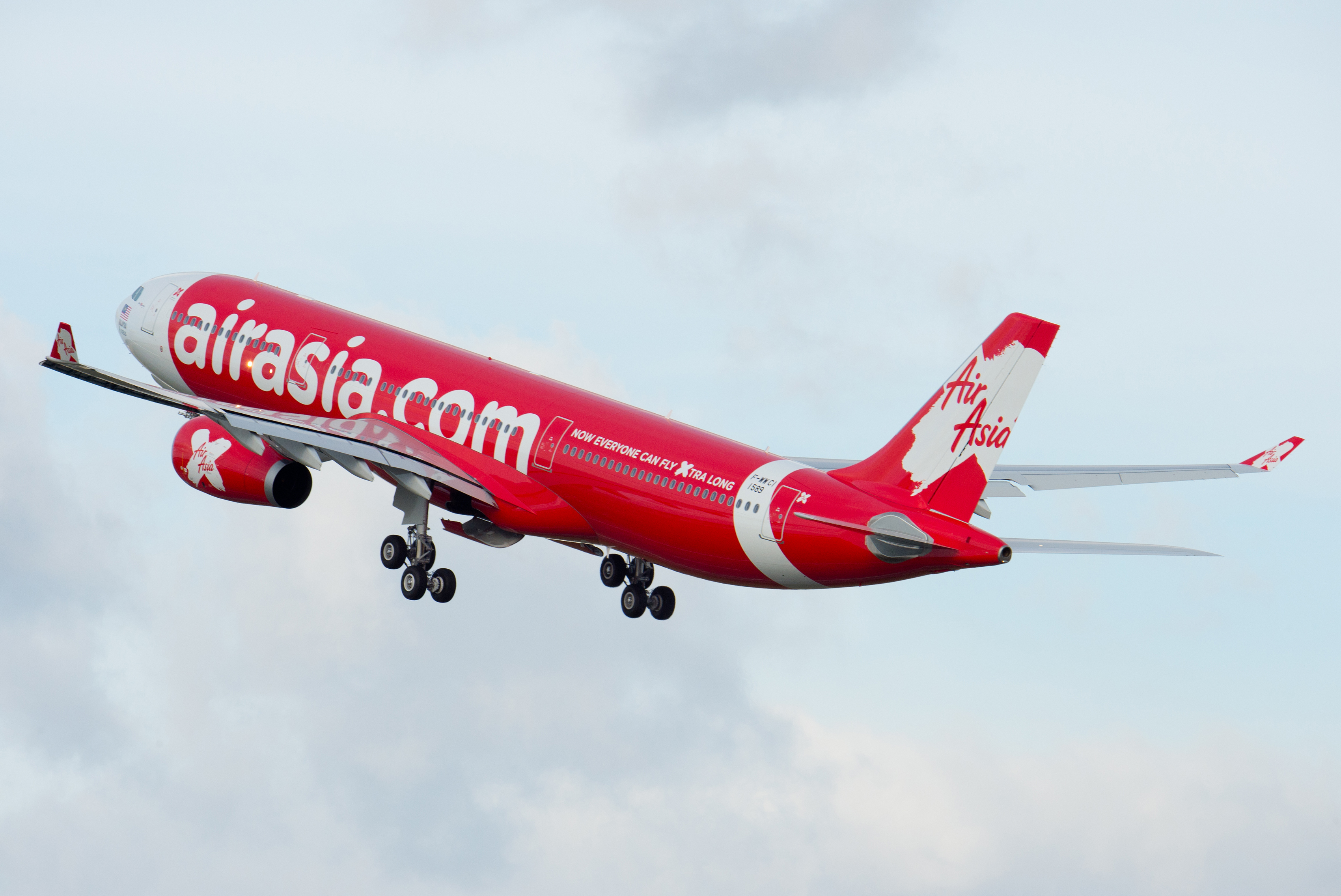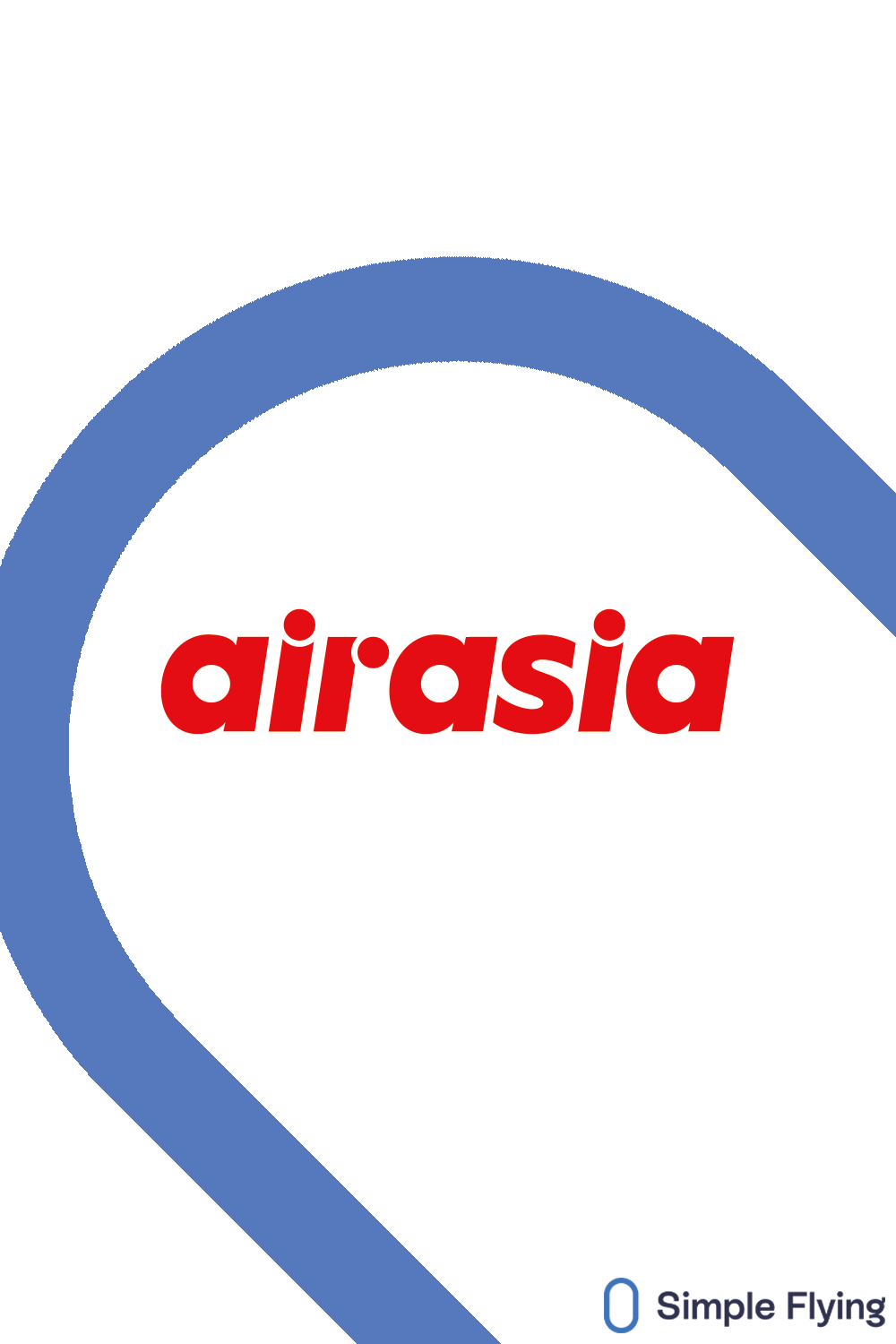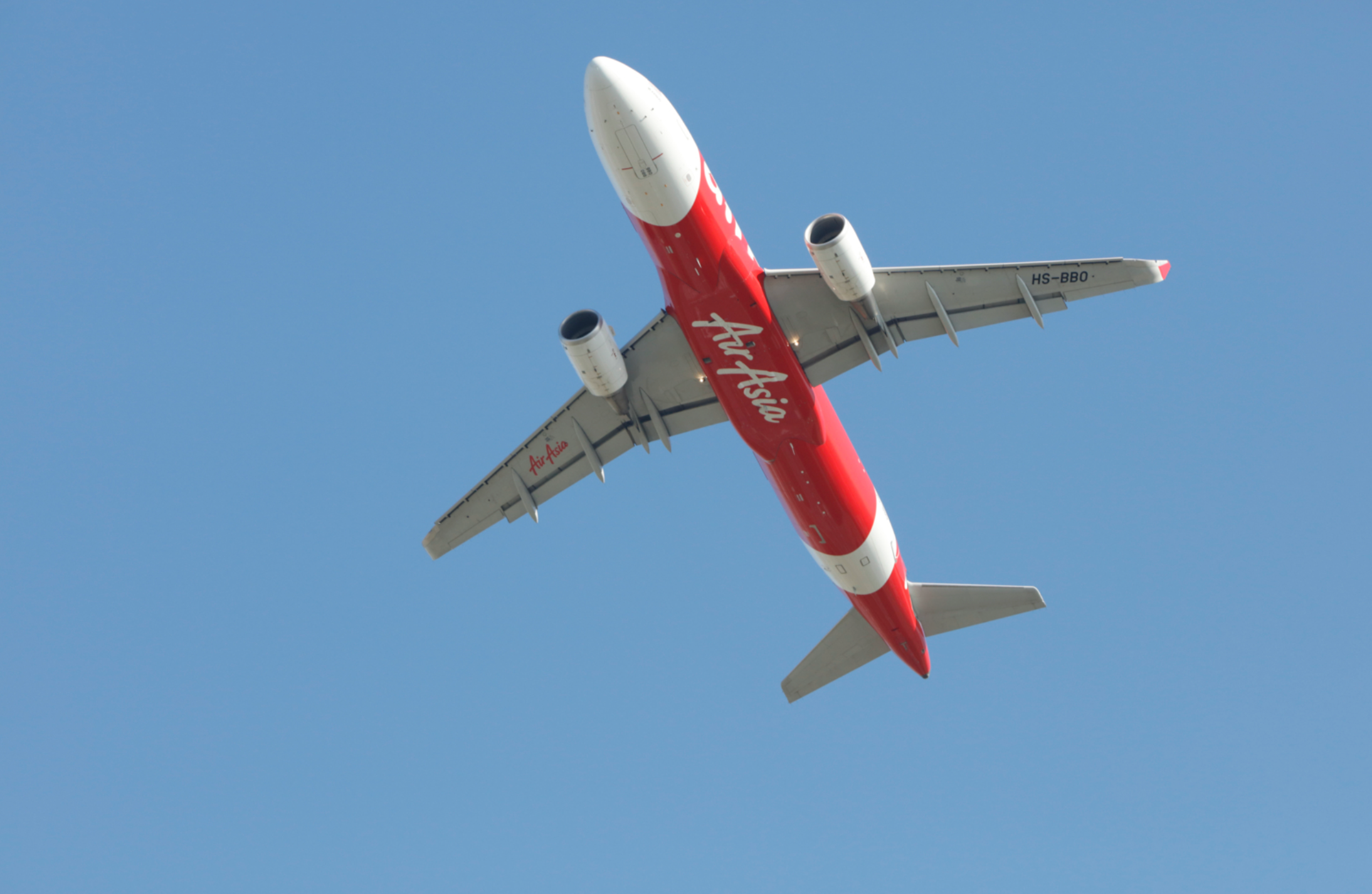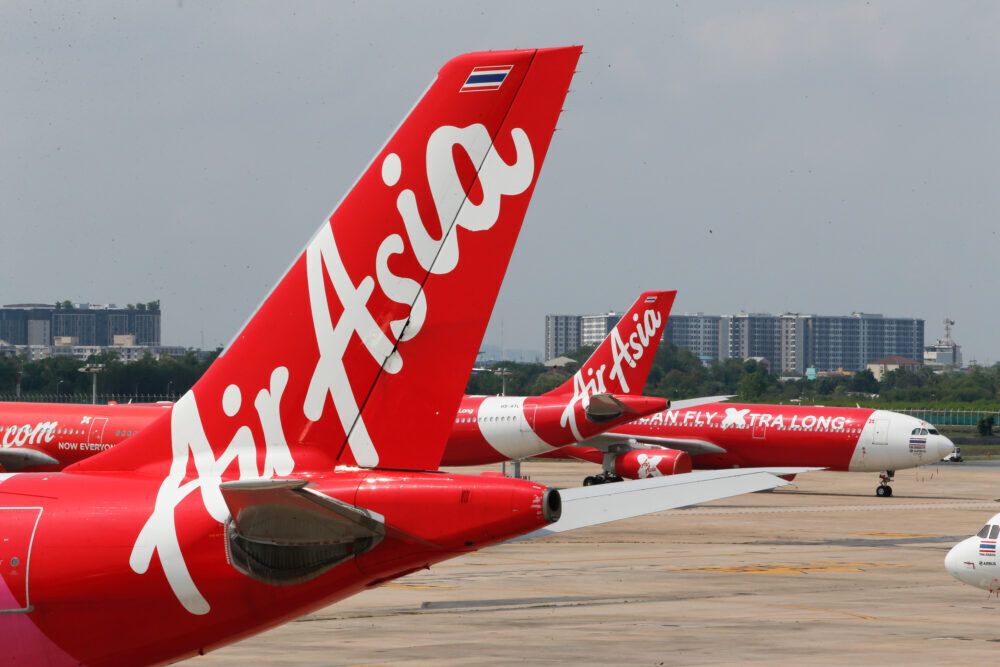Formerly known as AirAsia Group Berhad, Malaysia's Capital A Berhad Consolidated Airlines has reported significant growth in the second quarter of the financial year 2022 (2Q2022). In the April-June quarter, the group carried 5.56 million passengers compared to 759,000 thousand for the same period last year, a growth of 633%. Eased border restrictions and returning demand saw 159 international routes relaunched in the quarter.
Capital A Berhad Consolidated Airlines encompasses AirAsia Malaysia, AirAsia Indonesia, and AirAsia Philippines. While loads across the group increased more than six times, capacity grew around five times, leading to 2Q load factors jumping from 68% in 2021 to 84% in 2022. Capital A said the 84% load factor is "akin to its pre-pandemic levels, signaling that air travel revival is well underway."
It attributed the significant revival to growing domestic demand and the resumption of international travel in ASEAN countries. Combined, the three airlines operated 35,670 flights with an average length of 958 kilometers (595 miles). Based on aggregated ch-aviation.com data, the group has 151 Airbus aircraft, of which 70 are active. The fleet comprises 118 Airbus A320s, 29 A320neos, two A321neos, and two A330-300s.
How are the AirAsia airlines doing?
Looking at the three consolidated airlines individually, passenger numbers are dominated by AirAsia Malaysia (MAA), which carried 3.85 million in 2Q2022, around 70% of the group total. It also recorded the highest growth rates on reported metrics, including lifting load factors, by 20% to 84%. MAA operated more than ten times the flights from 2Q2021, while the load factor for international flights reached 81%. Thirty-one additional destinations were resumed, and the highest number of international passengers carried post-pandemic. The bulk of the growth came from Malaysia-Singapore routes, followed by Malaysia-Indonesia and Malaysia-India services.
AirAsia Philippines (PAA) recorded the highest load factor in the group with 93%, fifteen points higher than in 2Q2021. Passengers carried went from 171,543 to 994,527 while the number of seats flown grew from 220,000 to one million. The average flight length fell from 720 kilometers (447 miles) to 603 kilometers, while total flights increased from 1,219 to 5,949. PAA added extra flight frequencies to meet increased demand and resumed international routes to Kota Kinabalu, Seoul, Hong Kong, and Guangzhou in China.
Discover more aviation news here!
International services taking off for AirAsia
While positive, growth at AirAsia Indonesia was more subdued than at AirAsia Malaysia or AirAsia Philippines. All reported metrics more than doubled, apart from the load factor, which increased from 67% to 77%. Passengers went from 308,000 to 715,000, flights from 2,551 to 5,164 while capacity increased by 102%. The resumption of international flights lifted their share to 29% of seats sold at a load factor of 86%, compared to 73% for domestic flights.
The Q2 results also include AirAsia Thailand, which carried 1.68 million passengers, up 133% from 721,000 in 2021. More international routes were reinstated, and by the end of 2Q, the airline was operating 19 routes to eight countries. Capacity rose from 1.18 million seats to 2.24 million, load factor from 61% to 75%, and the number of flights by 87% to 12,326.
Capital A's digital business, AirAsia Super App, achieved record high growth in average monthly active users, reaching 10.6 million in 2Q2022. The group says this was primarily due to the strong return of travel, with transactions increasing 70% over 1Q2022 and five times from 2Q last year. The gains came from increased transactions from Flights, AirAsia ride, FlyBeyond, and SUPER+. Capital A's logistics business, Teleport, carried 27% lower cargo volumes year on year, which was attributed to the extended lockdowns imposed in China.
How are AirAsia's passengers enjoying the airline's return on international services?




